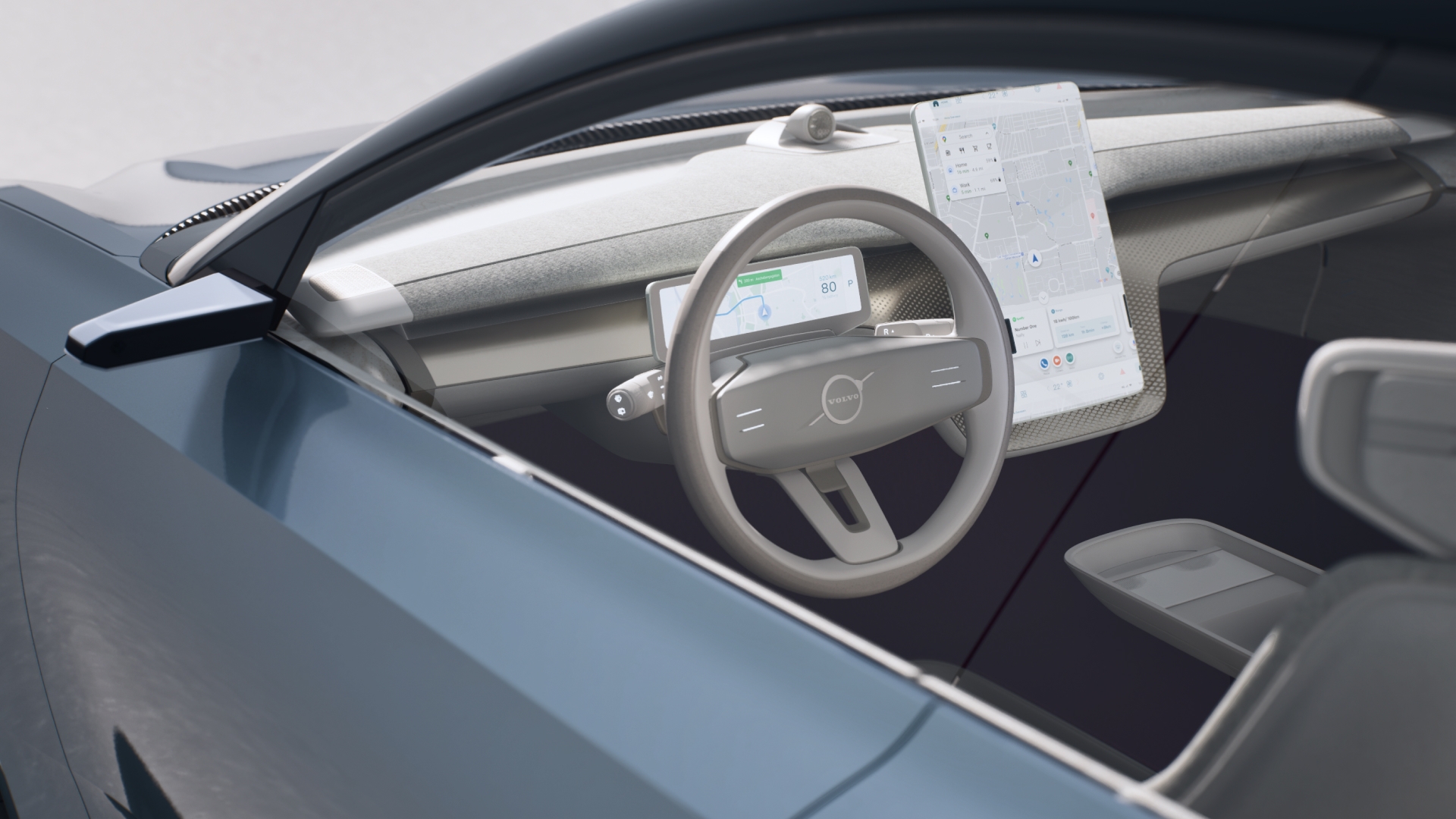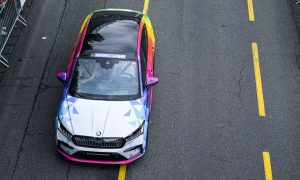
A vision for how photorealistic, real-time 3D content will revolutionise the role of the in-car Human Machine Interface (HMI) has brought Epic Games and Volvo Cars together as the premium automotive manufacturer prepares its next generation of fully electric vehicles.
“This new relationship isn’t just about bringing astonishing game-quality graphics into our cars. It’s about new ways of using visual communications to explain new technologies, to deliver new customer value and to bring the outside world safely into the vehicle,” explains Volvo Cars Head of User Experience, Thomas Stovicek.
The underlying technology will be Unreal Engine, the visualisation tool developed by Epic Games and used to power one of the world’s largest games, Fortnite. Unreal Engine will run on the HMI, providing state-of-the-art graphics alongside a host of other functionality that is new to automotive but thoroughly proven in the games industry. Epic’s director of automotive, Heiko Wenczel, says key features include complete multiuser scalability, high-speed two-way data communications to and from the cloud and integrated data security systems. Unreal Engine’s software is also optimised to run across a wide range of computer platforms including relatively low power devices, so is ideal for the tightly-packaged, cost-sensitive HMI hardware required for automotive applications.
“With so many new ideas to explore and bring to market, we are also pleased with the benefits to the speed and efficiency of our HMI development processes,” adds Stovicek. Central to this is the closer relationship between designers and engineers that is facilitated by Unreal Engine’s ease of use. “We no longer have to develop the HMI functionality in a time-consuming iterative process,” Stovicek continues. “Unreal Engine’s intuitive visual scripting and C++ capability provides a seamless workflow from concepts to production, bringing designers and engineers together in a single space where their ideas can flourish.”
Stovicek highlights three focus areas for his team. The first is how to represent data from external sensors (there will be many surrounding each new Volvo) to make the driving experience as safe as possible. As we move to higher levels of driver assistance, visualising what the vehicle is seeing and the decisions it is making will be one of the most important ways of building driver confidence.
Second, there is an opportunity to provide entirely new functions and services. These may be creating more value from existing data and hardware, for example using the external sensors to help the driver understand the environment around the vehicle. Or they may be completely new ideas, building on the incredible opportunities for new functionality delivered by real-time connectivity with the cloud, with other vehicles and with infrastructure. Volvo Cars is already looking at new functionality that may be launched in coming years through over-the-air-updates, making them available to every vehicle fitted with the new HMI.
Finally, the system must ensure that while the HMI continues to deliver more and richer layers of information, the driver’s cognitive bandwidth is effectively managed, allowing high rates of information flow without additional distraction or stress. “This isn’t just about good design,” adds Epic’s Wenczel. “For example, differences between reality and the display can require the driver’s brain to close the gap, translating one onto the other. This increases the cognitive load and means the driver’s eyes are off the road for longer than they should be. Real-time visualisation makes a significant contribution to eliminating this disparity and any equally stressful latency.”
Looking ahead, Stovicek is honest about not having a clear picture of the future: but that is what makes it really exciting. “As it was with the first smart phones, we are not quite sure where this technology will take us or even what our customers will value most,” he says. “With Unreal Engine, we now have everything in-place to find out, and to bring that new customer value into our cars very quickly. And this is what is really exciting about the future.” The first Volvo car incorporating Unreal Engine will be an all-new electric SUV, to be revealed later this year.



